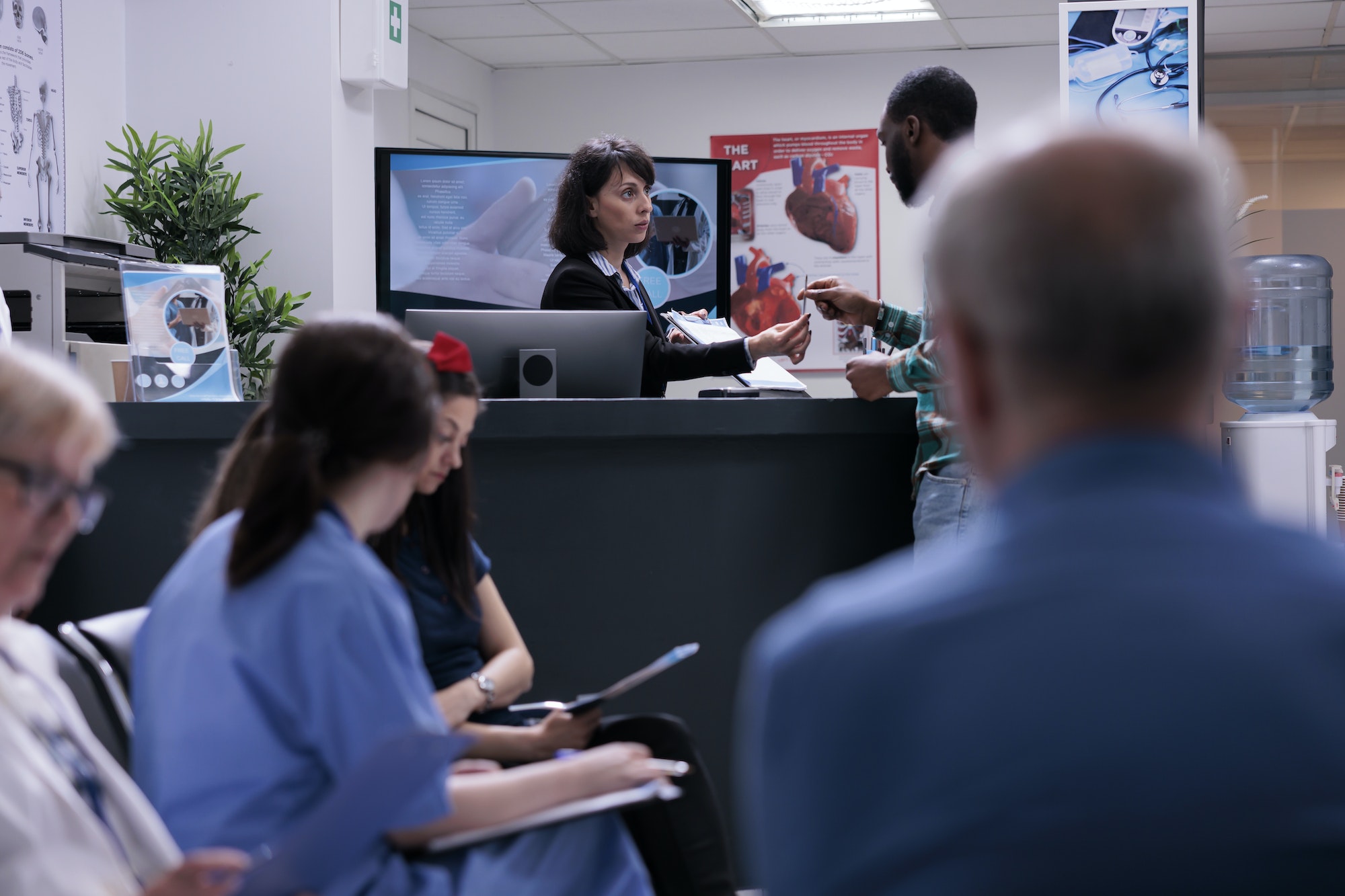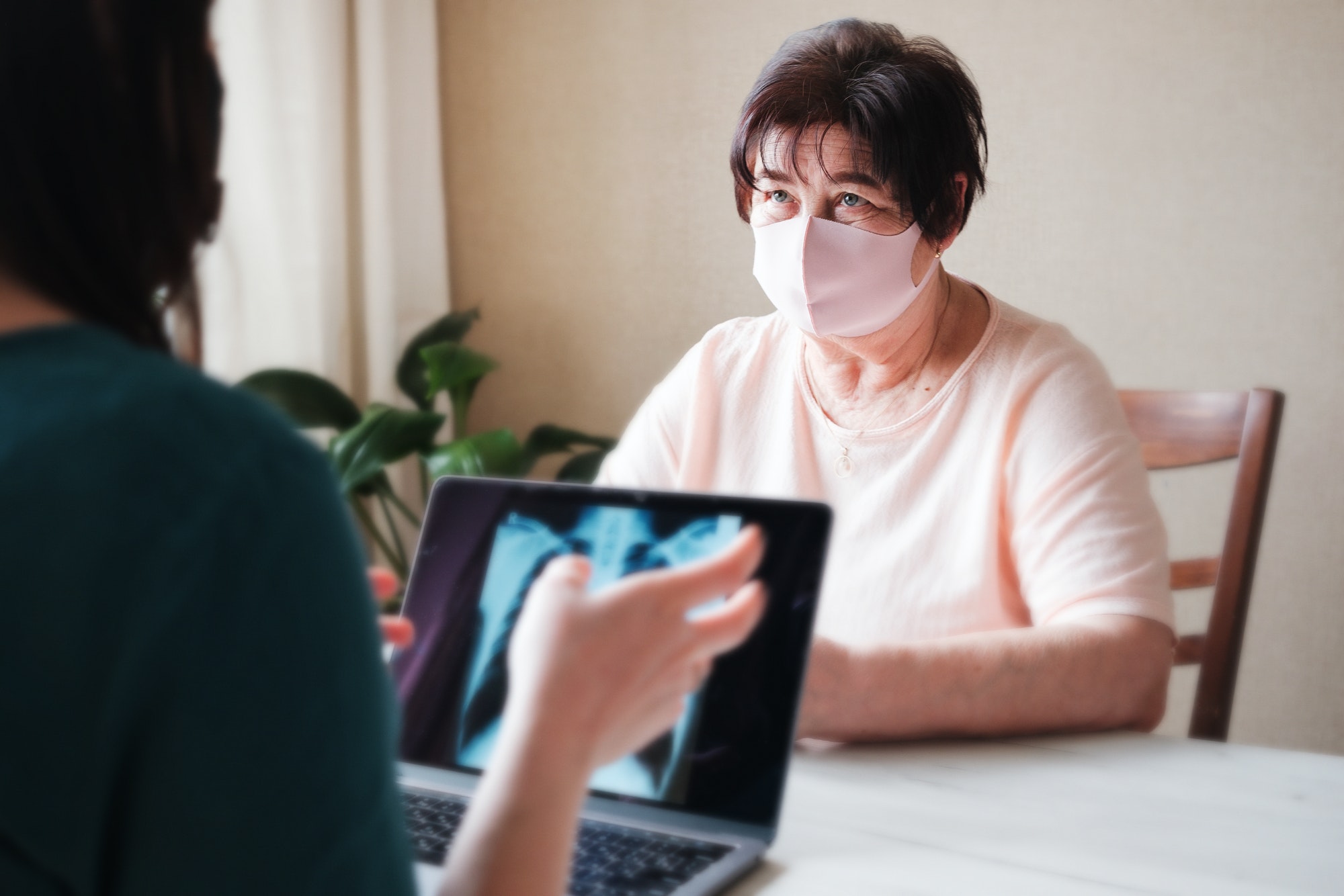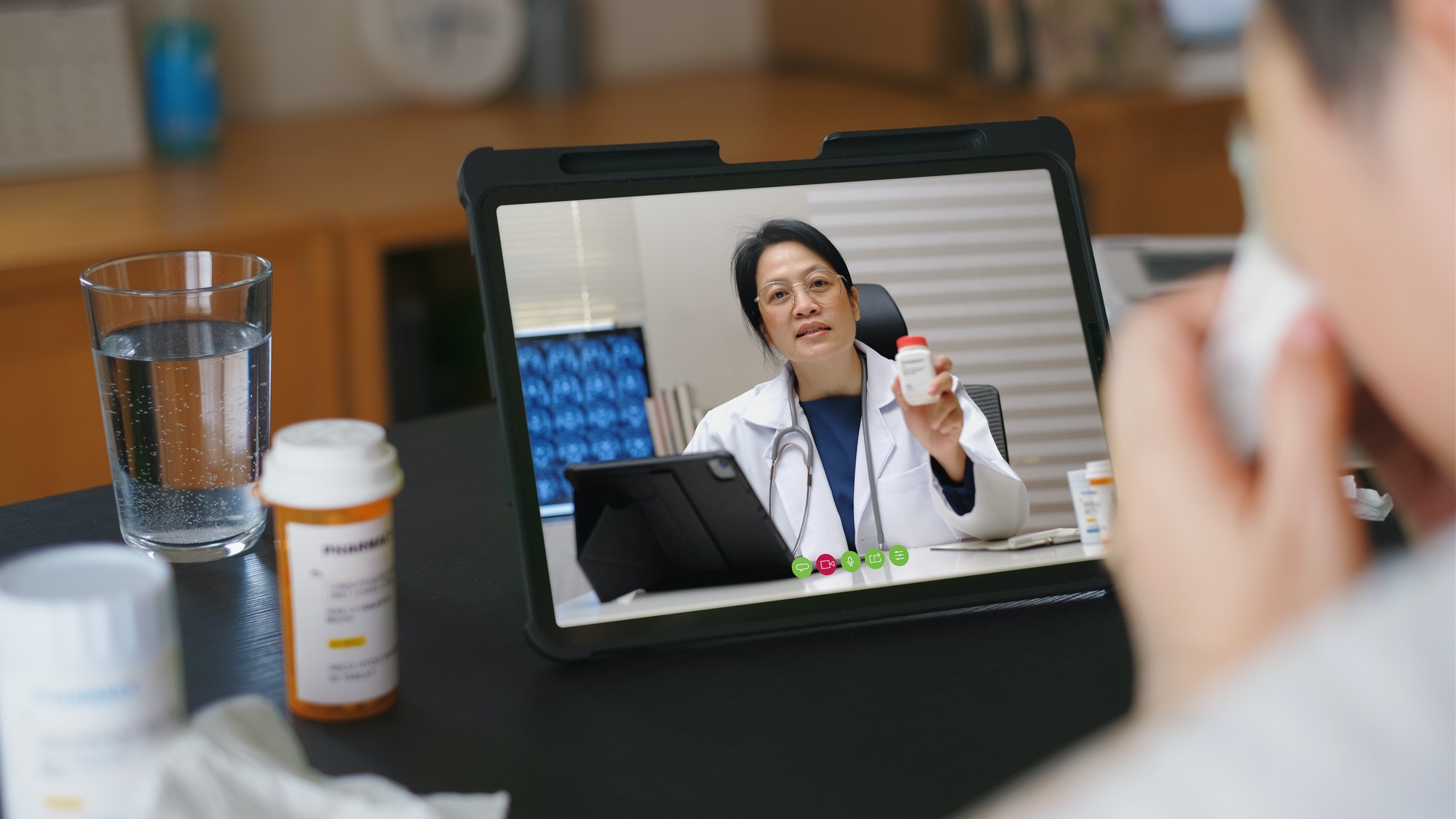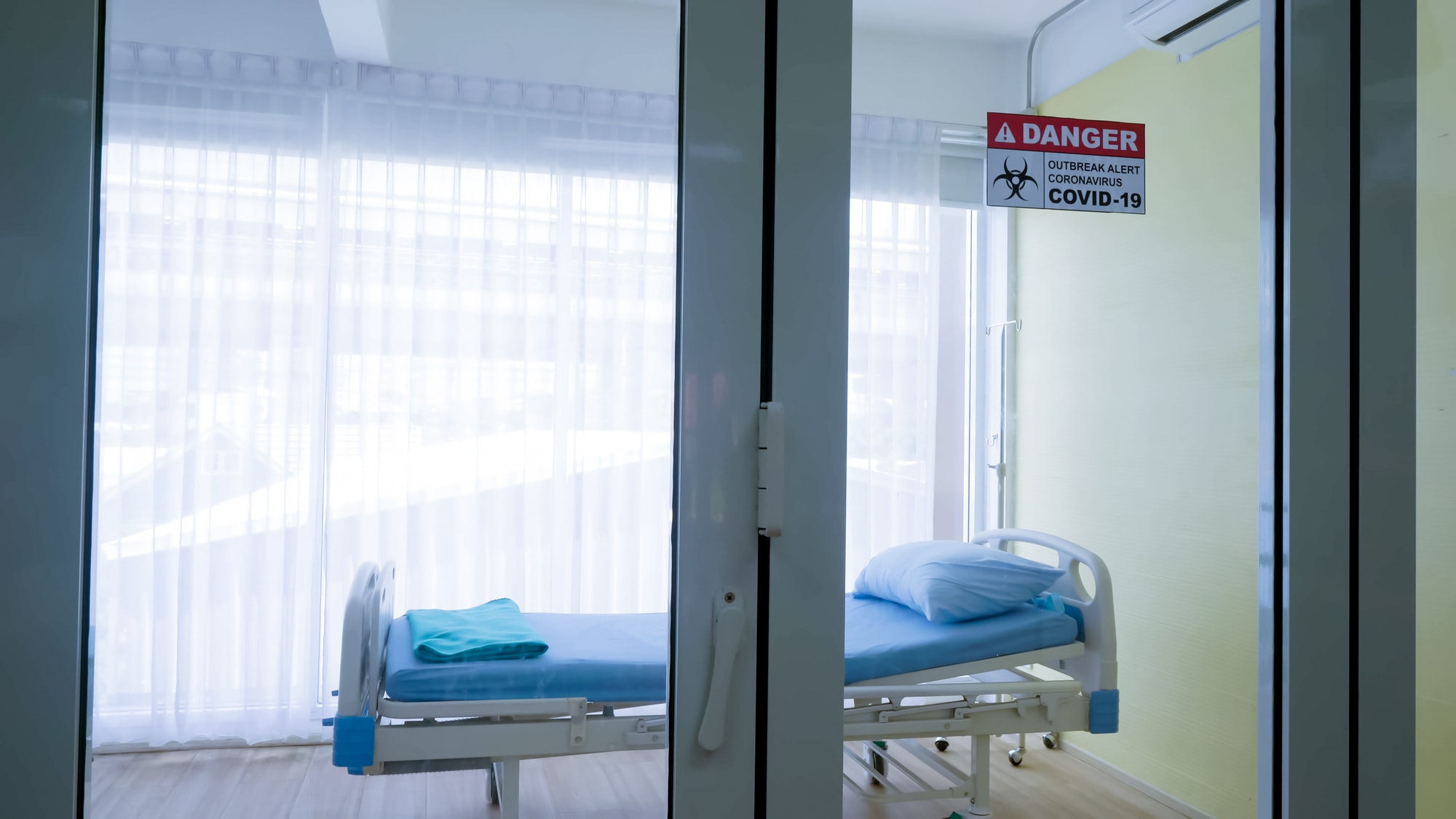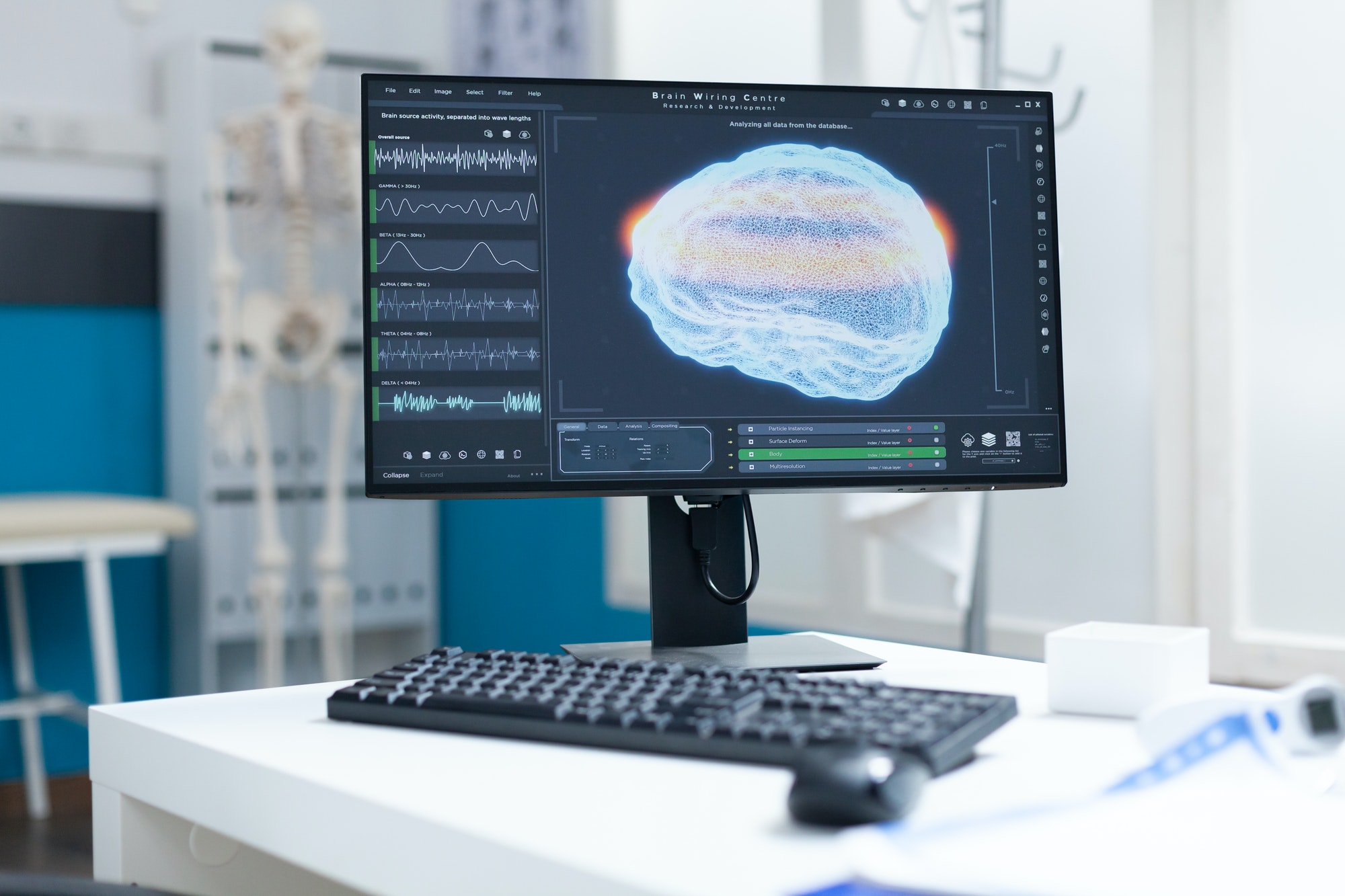DISCLAIMER: The below blog entry was written by an outside, unrelated party and does not necessarily express the opinions or views of or associated with the RemoteICU brand or the individuals associated with the RemoteICU brand. The blog is not necessarily endorsed or supported by RemoteICU nor was the entry reviewed and accepted by individuals associated with RemoteICU. The blog entry is provided simply to address and create interest in topics of import related to telemedicine. Your own independent research and decision-making and seeking of expert / professional opinions are required before you make any decisions whatsoever or form any opinions with respect to any topics addressed therein. By reading the blog entry, you consent to accepting the terms and conditions in this disclaimer.
TeleICU is an increasingly vital cog in facilitating patient access to medical expertise. As the SARS-COV2 virus crisis (COVID-19) has exacerbated hospital staffing shortages, telemedicine has stepped in to create what can be described as ‘virtual hospitals.’
Why has access to expertise been limited?
The well-known and much-publicized shortage of critical care specialists has reached crisis proportions. The aging population has burgeoned the numbers of seriously ill patients who could benefit from critical care expertise. This has been compounded by the large number of critically ill COVID-19 patients.
While eICU providers cannot physically examine patients in person, take X-rays, connect patients to a monitor, or measure vital signs, from their remote location they can and do process and analyze the accumulated data in order intervene rapidly when required and to create and implement an overall care plan.
These issues have had the largest impact at remote and rural hospitals, where it is especially difficult to recruit and retain critical care expert physicians.
The shortage of intensive care specialist doctors has been further exacerbated by provider burnout, a significant problem in remote and rural hospitals which also affects suburban and metropolitan hospitals. A health policy investigation published by Jama Network quoted burnout as the primary pre-pandemic factor driving nurses to quit. Out of 418,000 registered nurses who left in 2017, over 30% blamed exhaustion, stressful work conditions, and insufficient staffing. The COVID-19 pandemic has aggravated the burnout problem. Front-line hospital staff have been exhausted and traumatized due to the volume of attention-requiring, critically-patients and due to the fear of bringing the infection home to their families. This has led to nurses and practitioners quitting their jobs in large numbers.
Profit health care systems
In February 2022, Jean Ross, National Nurses United president, told CNN that COVID-19 has intensified prevailing problems in for-profit health care systems. In combination with the nationwide nursing shortage, it has forced systems to require their nurses ‘do more with less’ – manage more patients, cover more beds, and work longer hours. According to the US Association of Colleges of Nursing, there were more than 3 million nurses practicing in 2019. However, the numbers are not growing fast enough to provide adequate care to the exploding population of elderly people requiring their care.
Telemedicine at the ready
Telemedicine virtual ICUs, staffed with critical care intensivists, provide patients with access to expertise that would not otherwise be available to them at their hospital. Accessing remote physicians’ knowledge and experience can provide backup to on-site intensivists, nurses, and other ICU professionals. This support often includes covering night shifts, weekends, and vacations, thereby alleviating stress and reducing or preventing physician and ICU staff burnout.
Virtual ICU in Action
An outlying branch of a large US hospital system with 29 locations implemented telehealth services in early 2020. Patients admitted to the intensive care unit in this hospital received a consultation with a certified intensivist hundreds of miles away, via a mobile cart which is wheeled to their bedside. The intensivist was then able to communicate with and collaborate with the local, on-site providers in the hospital. The telemedicine control center services and technology have enabled the hospital’s staff to offer patients real-time consultation as well as close monitoring by remote physicians and other ICU specialists.
This hospital has also praised the teleICU system for enabling them to retain more-complicated patients rather than having to transfer them to larger, tertiary-care hospitals. The hospital says that virtual ICU will still be in-demand even after hospitalizations from COVID-19 to decline.
In light of the above successes, hospital system has plans to expand virtual ICU use to more of its locations and thereby centralizing some of its healthcare services, which are currently overextended. It will be augmenting its infrastructure – installing fixed equipment in each room rather than having to bring a portable cart or robot into rooms when needed.
















